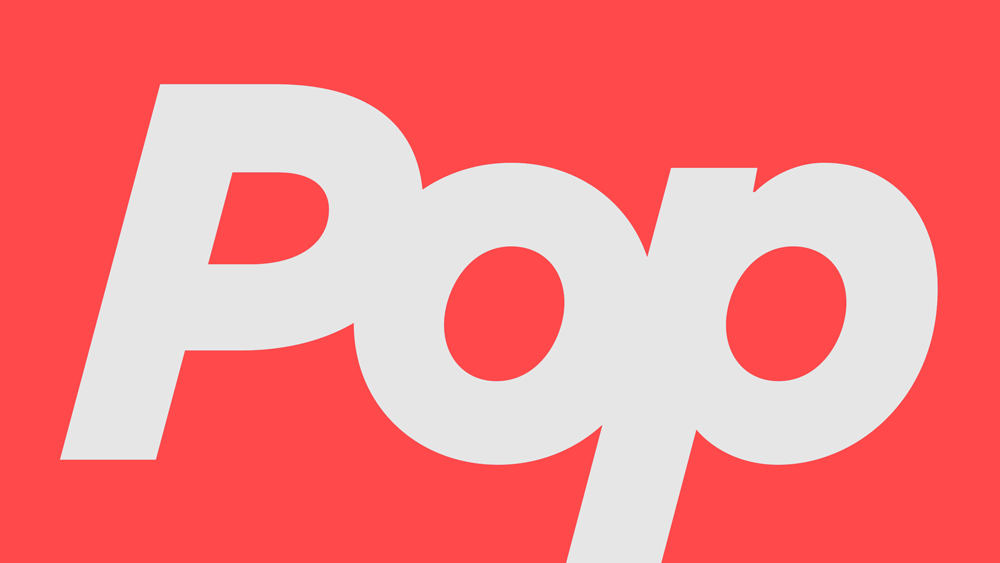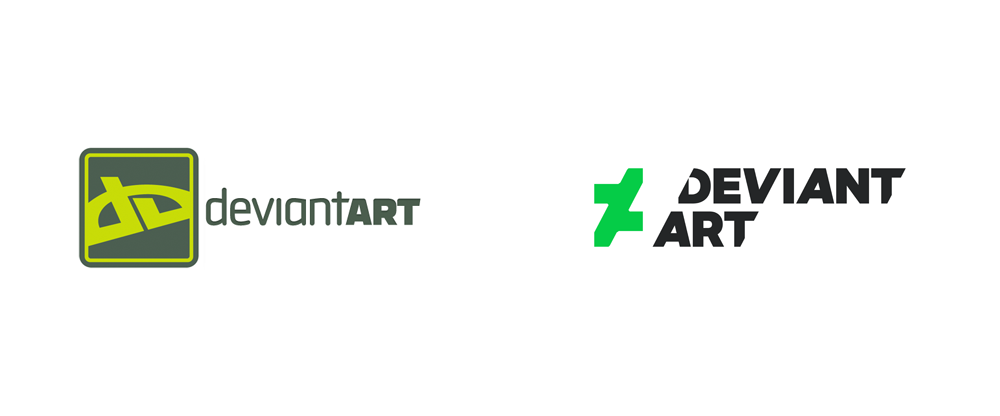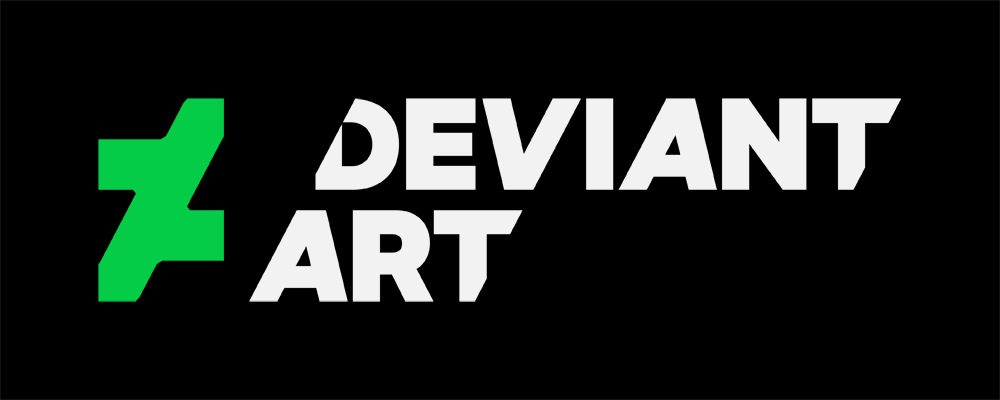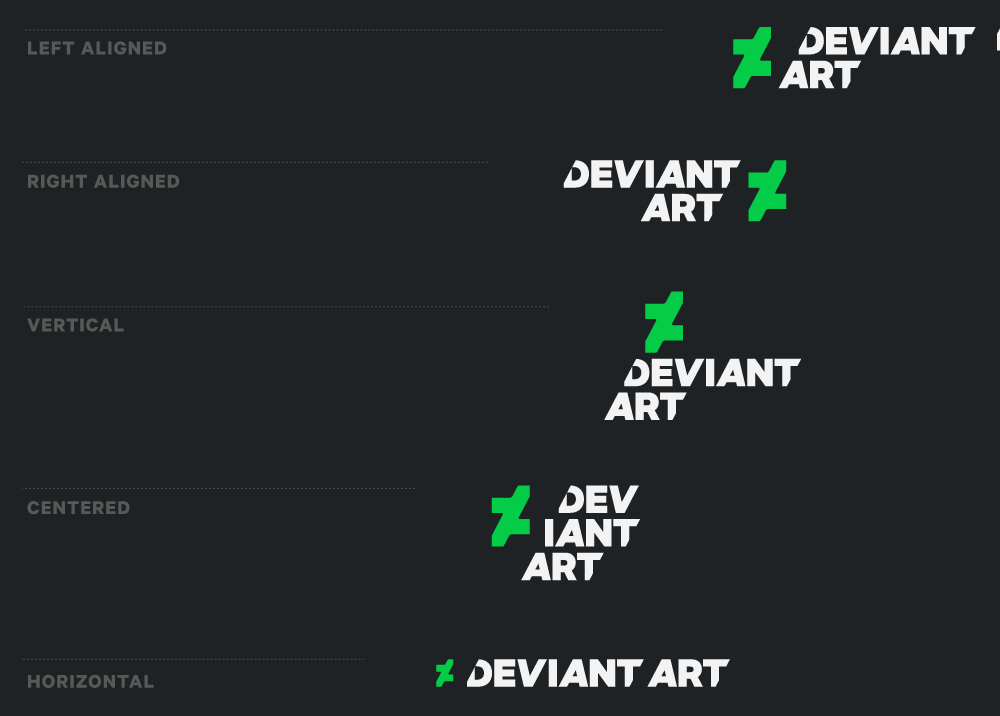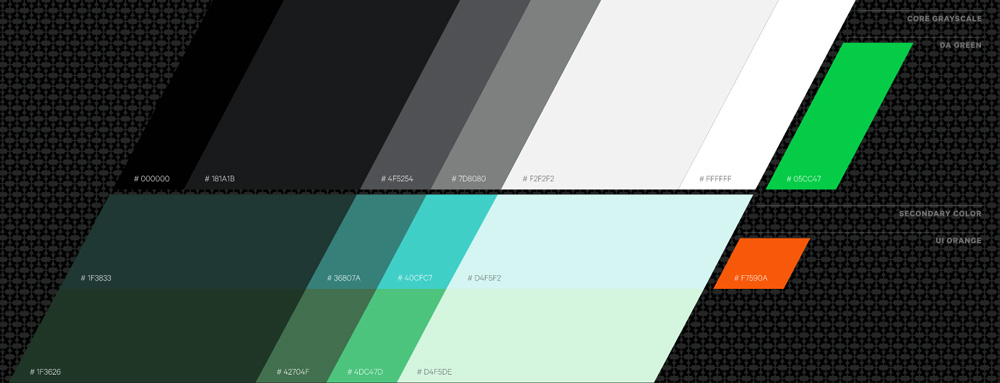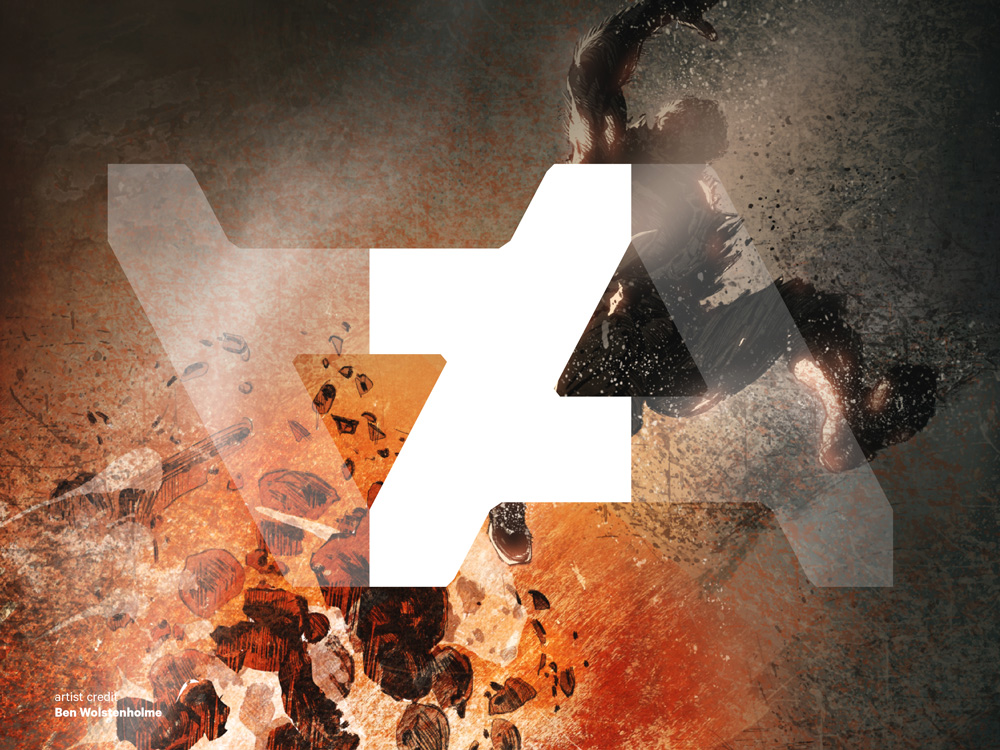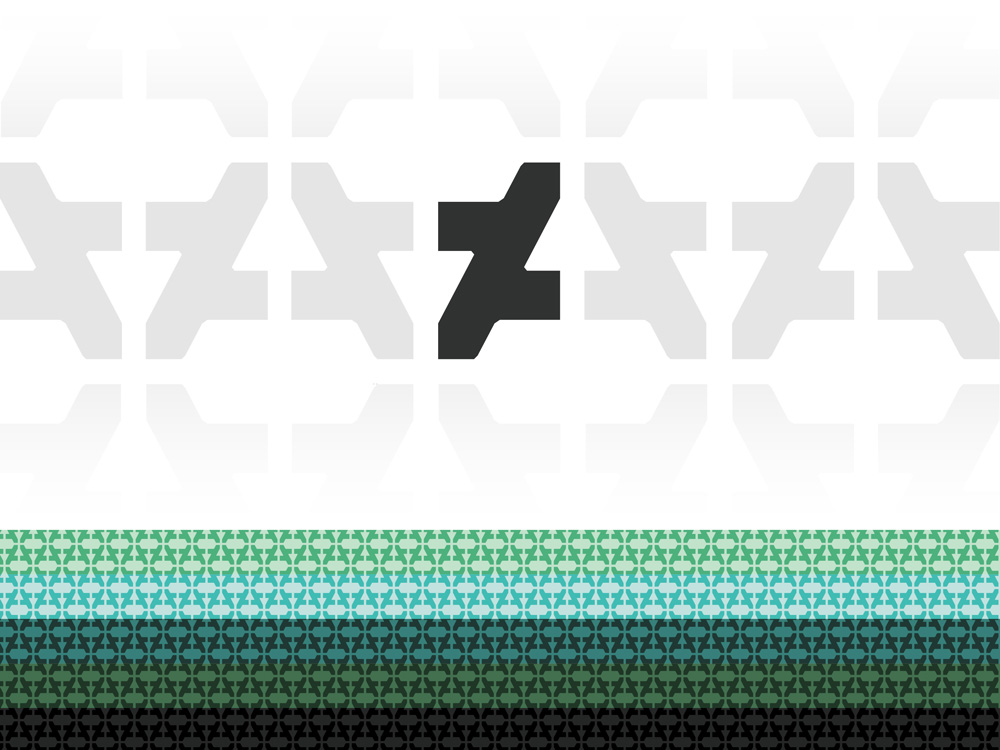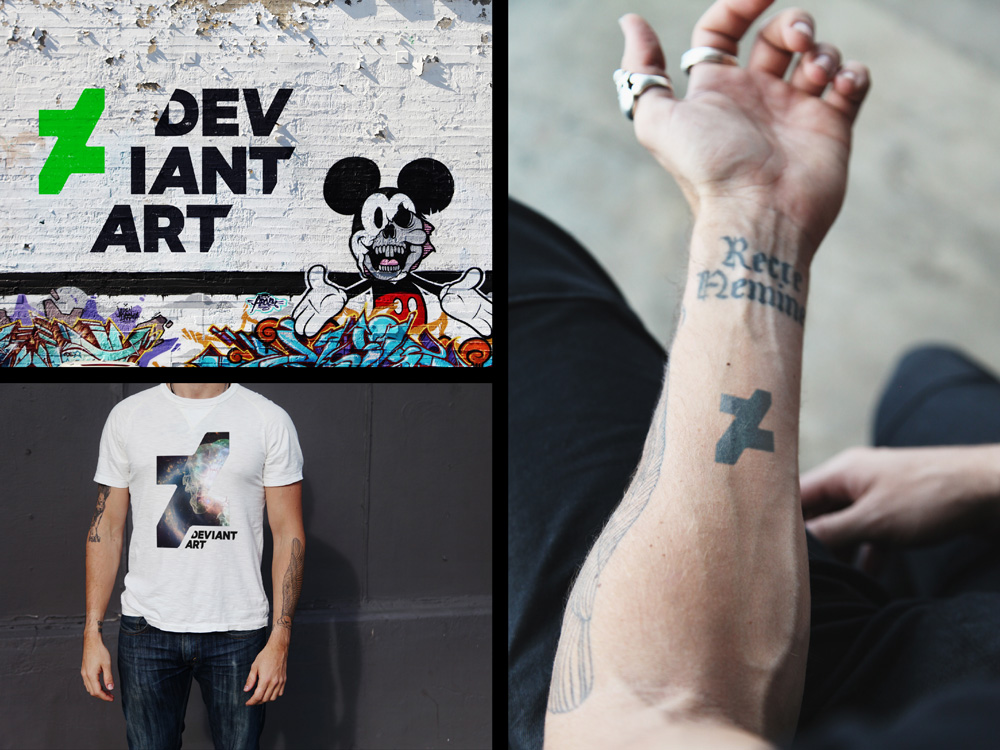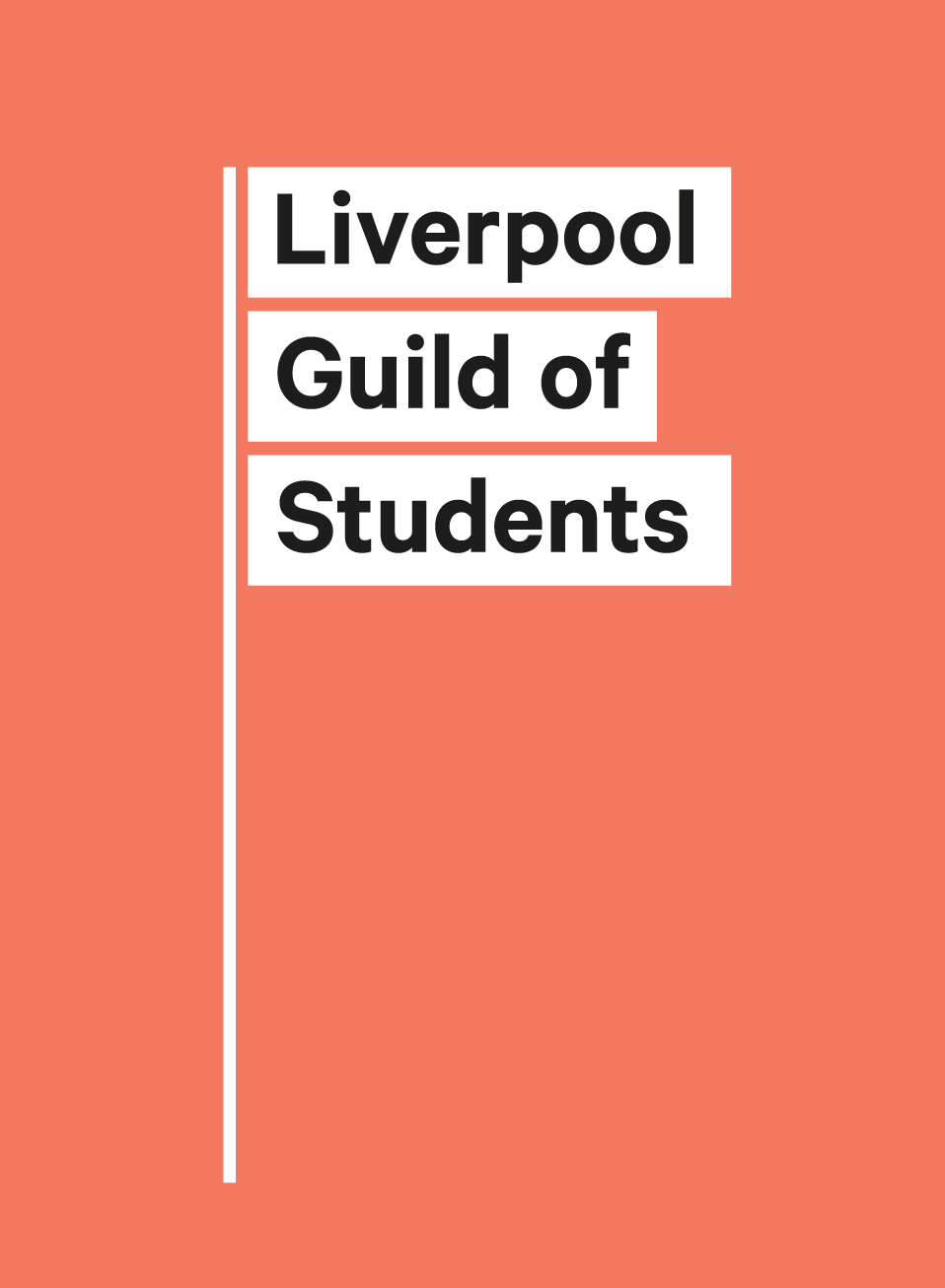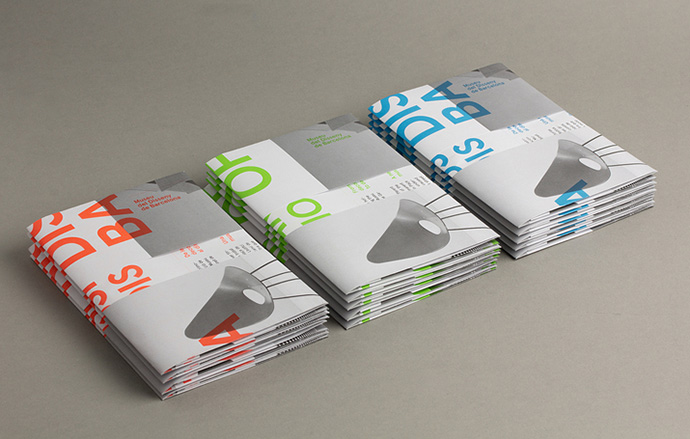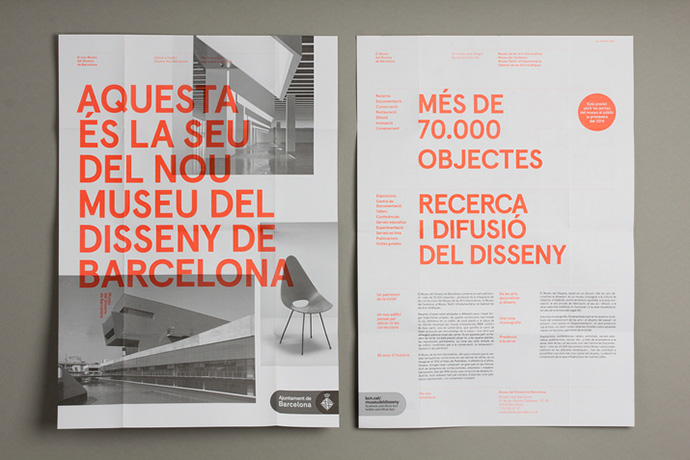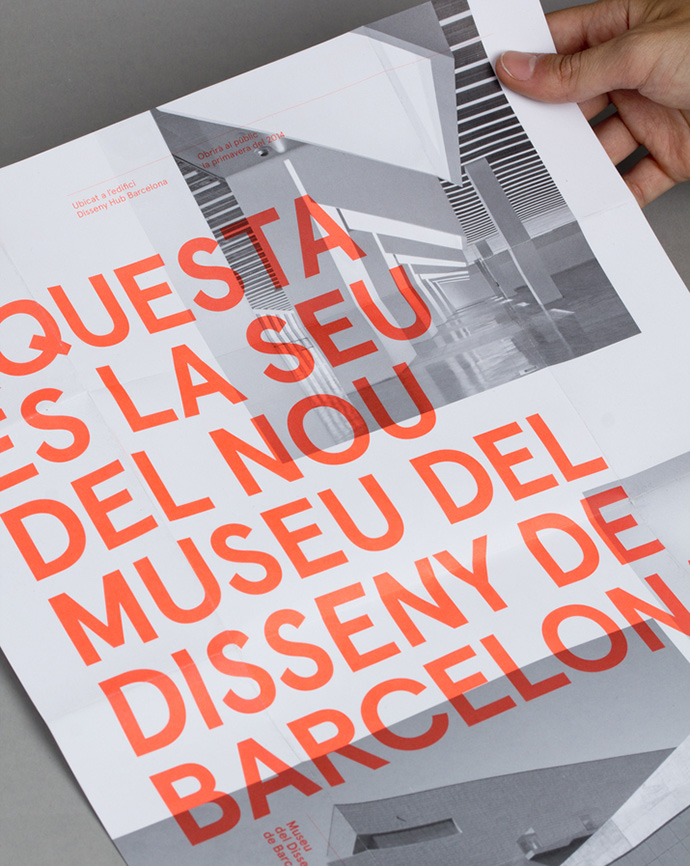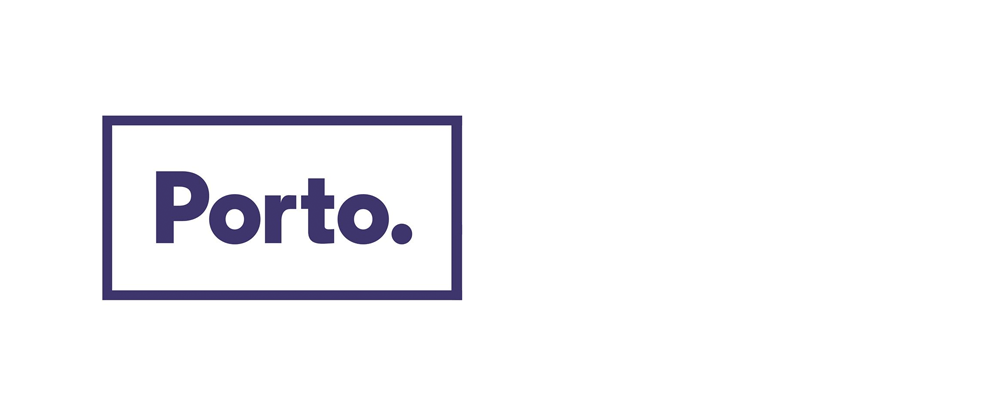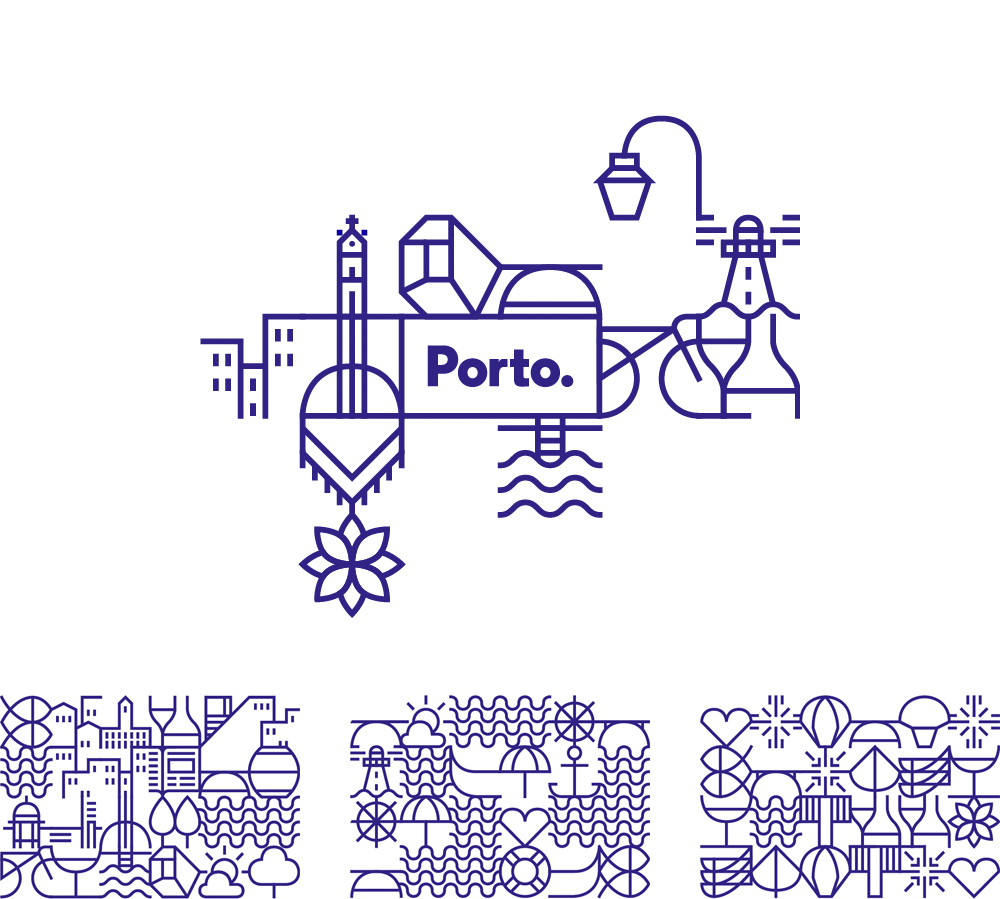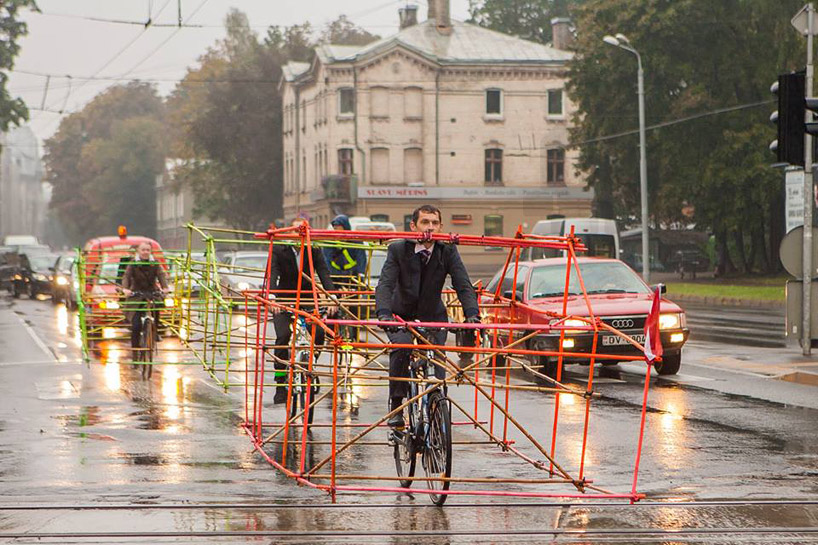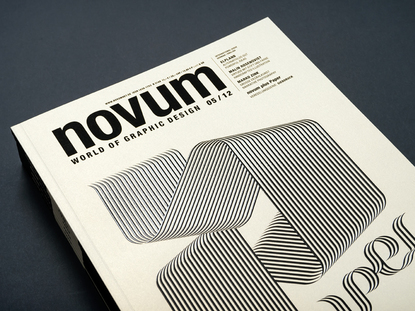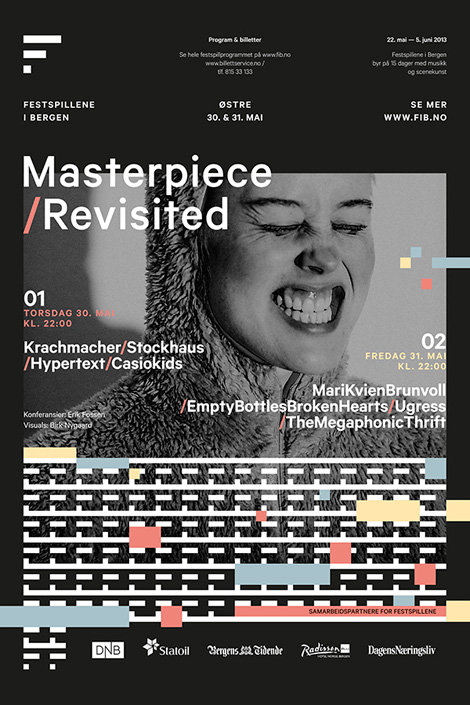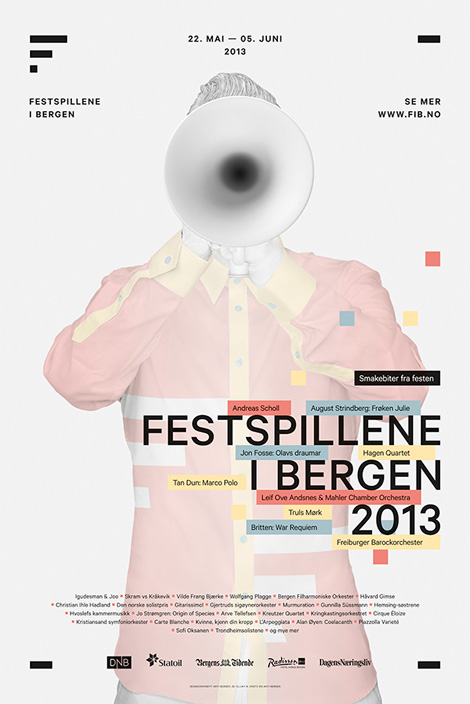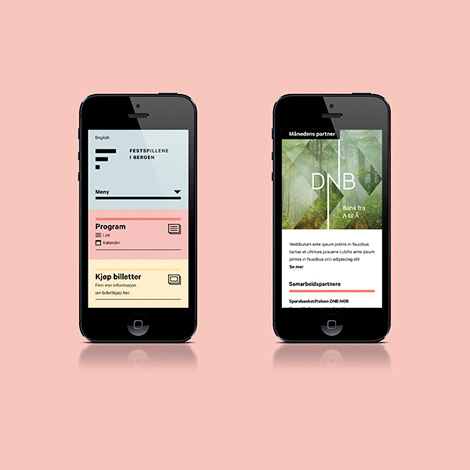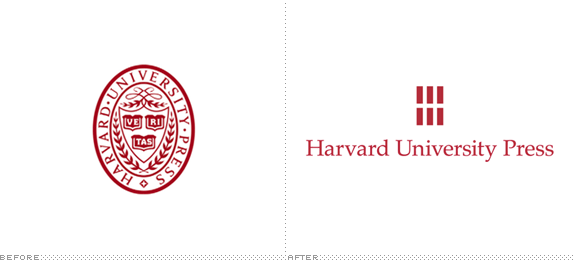Air pollution is a huge problem in cities across the entire world. New solutions are popping up that tackle the effects of dirty air. Do they really help? Here are some of them.
More Trees
Trees are commonly seen as the natural enemy of air pollution. Increasing the number of trees within cities is thus commonly seen as the ultimate solution to urban air pollution. However, this urban air purification method is not as useful as many people think. As, among others, this article has pointed out, it is relevant to take into account the city’s air flow. Planting trees along a narrow street can lead to the formation of a ‘green roof’ that prevents pollutants from escaping the street. Single trees can break wind flow, diverting pollutants towards pedestrians.

While carbon dioxide is often seen as the major threat, nitrogen oxides and particulate matter present greater a greater risk for humans, especially children and elderly. These gases and particles are released by fuel combustion. However, the effect of trees on these gases and particles is yet unknown. Simply planting more trees is not the ultimate solution for urban air pollution and a multitude of complexities needs to be taken into account as scientists point out.
CityTree
Green City Solutions, the German company responsible for four of Amsterdam’s new CityTrees, acknowledge that “many cities are finding it hard to breathe”. The company found that 90% of all city dwellers breathe in polluted air every day, 7 million annual deaths are caused by air pollution, and 1.48 trillion euros is lost annually in Europe due to air pollution. The CityTree claims it can help relieve these serious problems. The concept applies moss cultures that have the ability to filter pollutants, such as particulate matter, out of the air. They bind the particles to the leaf surfaces and integrate them into their biomass, hereby purifying the air around them.


However, urban environments are not ideal for moss. Hence, CityTree combines shade-giving plants, automated water supply and nutrients with Internet of Things technology (IoT) in order for moss to thrive in cities. At the same time, the filter performance and the moss’ needs are monitored. Integrated solar panels generate the energy that is needed for operating the CityTree.

Amsterdam is installing four CityTrees within one of its notoriously polluted streets, Valkenburgerstraat. The street forms a vital part of the city’s road network, connecting a major north-south traffic axis to the central railway station and one of three major tunnels that connect the main city to its northern suburbs. Residents have been complaining about poor air quality for years and the local government hopes that the four trees will help.
Smog Free Project
Dutch social design lab Studio Rosegaarde offers yet another set of solutions that help ease urban air pollution. Their Smoke Free Project “is a series of urban innovations led by Daan Roosegaarde to reduce pollution and provide an inspirational experience of a clean future”. One of these innovations is the Smog Free Tower. Rosegaarde calls it “the world’s largest smog vacuum cleaner”. The 7 meter tall uses ‘positive ionization technology’ that cleans 30.000 m3 per hour, using “no more electricity than an water boiler”. Rosegaarde says it is primarily a local solution that provides clean air in spaces such as parks. In 2015, the Smog Free Tower was planted in the Dutch city of Rotterdam and has found its way across the world into China, where it has now been implemented.

Along with the Smog Free Tower, Studio Roosegaarde has rolled out the Smog Free Bicycle. “The innovative bicycle inhales polluted air, cleans it, and gives clean air to the cyclist”. The Smog Free Bicycle looks like it is designed for the single cyclists healthy, but this is not true. The system is intended to become a way of achieving smog free cities by installing the system on thousands of bicycles within cities, impacting the urban area as a whole, not only the one driving the bicycle.

As simply adding more trees is not the solution, more complex innovations like the CityTree and the Smog Free Project might contribute to actual reduction of air pollution in cities. Simply adding more trees reduces nature to a functional solution to man-made problems. Trees are not appreciated for ‘just being there’ but they are used to serve mankind. On the other side, innovations like CityTree and the Smog Free Project tackle the outcomes of polluting activities in more effective ways. By only mitigating the negative effects of pollution caused by combustion engines, the need for these kind of solutions will remain and increase. Despite the fact that CityTree and the Smog Free Project are not aimed at changing our behavior, we should keep in mind that we need to change our day-to-day routines in order to make our cities healthy.
Read more →



































































